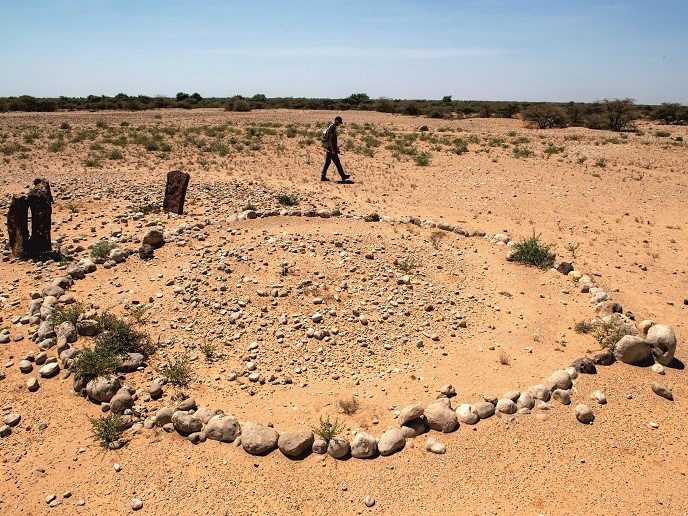Innovative approach elucidating the medieval history of the Horn of Africa
The cultural landscape of the Sultanate of Adal, a state that controlled much of what is now Somaliland and southern Ethiopia during the 15th to 16th centuries, played a vital role in some of the most significant events in the modern history of the Red Sea. The state’s history, while known through some written sources, has never been thoroughly investigated from an archaeological viewpoint.
A landscape archaeology perspective
The MEDLAND_HORN.AFRICA project, with a focus on western Somaliland, set out to explore the relationships between the different communities that lived in the region and how they built a shared landscape integrated into international economic systems. Marie Skłodowska-Curie fellow Jorge de Torres Rodríguez explains: “The project challenged preconceived ideas such as the dichotomies between urban dwellers and nomads and the assumed irreversibility of urbanisation processes. The idea was to understand how and why communities with very different lifestyles could interact, share interests and undertake common activities, and how they related to the state structures that controlled the territory.” The project launched an ambitious plan for the acquisition and processing of environmental, archaeological and historical data on the Sultanate of Adal. A key result from this was a geographic information system database that gathers archaeological and geographical information available on western Somaliland. A series of publications presenting the archaeological results of the project and an interpretative framework, which, for the first time, addresses the relationships between nomads and settlements in Somaliland from a cohesive point of view, was also produced. “From this interpretation, we increase our understanding of how communities with radically different lifestyles, material cultures and landscapes could build shared identities and work together,” notes de Torres Rodríguez. Project work has helped build a more accurate, historicised discourse on Somalia, a region whose deeper past is poorly known, and has paved the way for the Somaliland public to find out more about their archaeological heritage. Widespread interest in Somaliland archaeology, driven by the project, is also helping to raise awareness of the need to protect it.
More questions than answers
While achieving profound results, the project’s work also led to many unanswered questions. De Torres Rodríguez explains: “We have gathered a significant amount of information about the archaeology of the medieval period in Somaliland, and we have laid the foundations for an interpretative framework for the communities that inhabited the territory, but as research progressed, we realised that the relationships between these groups were just one facet of a far more complex reality.” Therefore, the project’s research has acted as a ‘trigger’ for a new way of understanding the medieval archaeology of Somaliland, and beyond the specific deliverables.
A continued focus on Somaliland
De Torres Rodríguez will further his archaeological research in Somaliland in a new EU-funded project, StateHorn. “It aims to understand the reasons that made the medieval states of the Horn of Africa very stable in comparison to the current problems of governance the region faces nowadays.” StateHorn will grow from the actions of this project and incorporate the data and experience generated during it. “Many of the deliverables will be adapted and expanded for the new project, to guarantee that the information generated by MEDLAND_HORN.AFRICA will continue to be published and disseminated in academic and social forums,” he concludes.
Keywords
MEDLAND_HORN.AFRICA, Somaliland, medieval, archaeology, Sultanate of Adal, Horn of Africa

